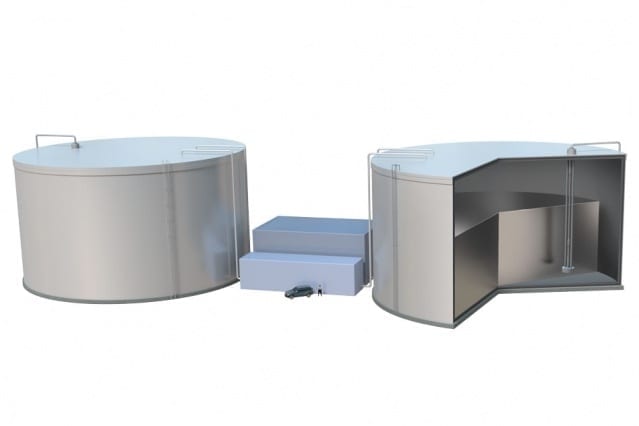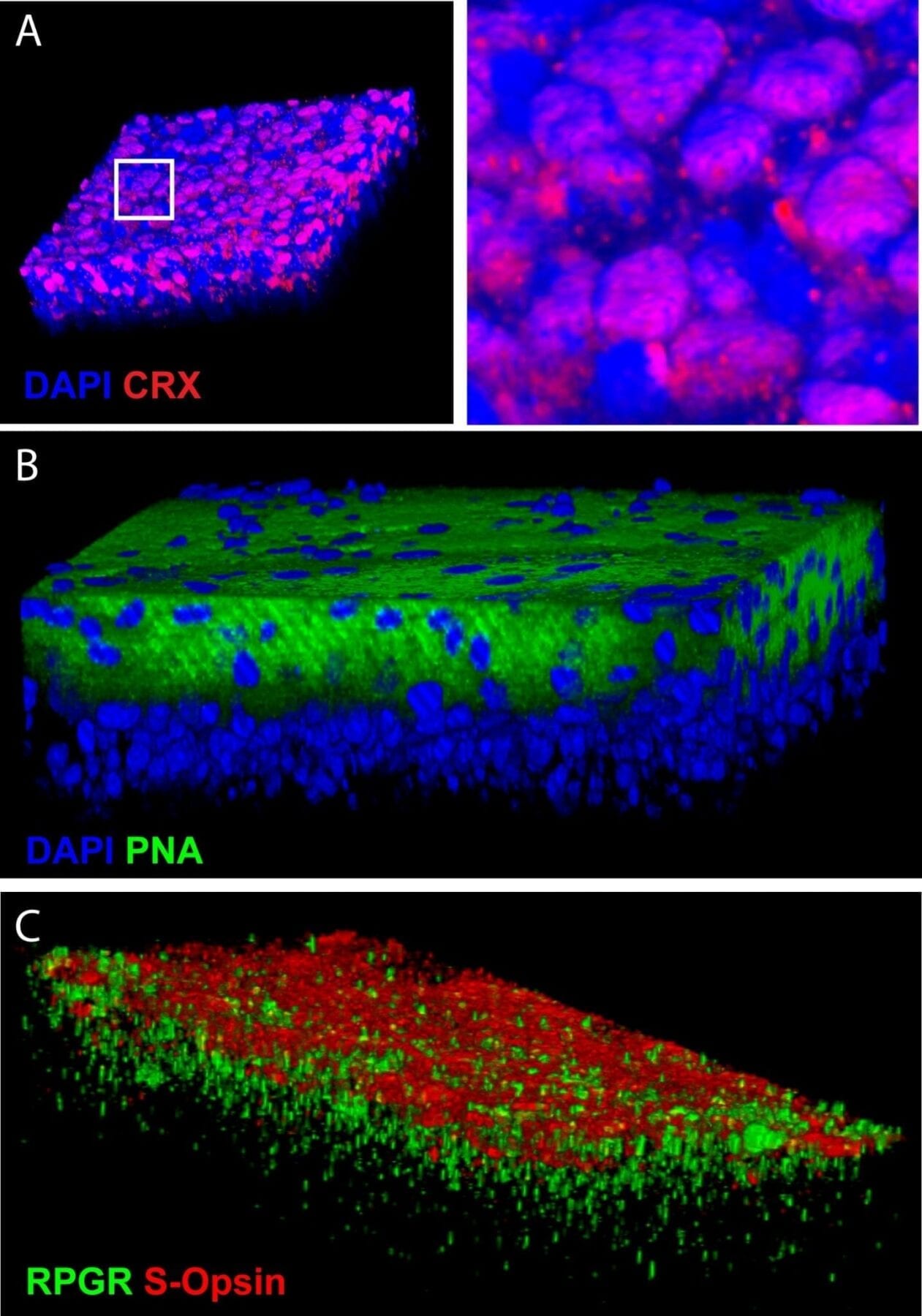
McMaster Engineering researchers Emily Cranston and Igor Zhitomirsky are turning trees into energy storage devices capable of powering everything from a smart watch to a hybrid car.
The scientists are using cellulose, an organic compound found in plants, bacteria, algae and trees, to build more efficient and longer-lasting energy storage devices or capacitors. This development paves the way toward the production of lightweight, flexible, and high-power electronics, such as wearable devices, portable power supplies and hybrid and electric vehicles.
“Ultimately the goal of this research is to find ways to power current and future technology with efficiency and in a sustainable way,” says Cranston, whose joint research was recently published in Advanced Materials. “This means anticipating future technology needs and relying on materials that are more environmentally friendly and not based on depleting resources.
Cellulose offers the advantages of high strength and flexibility for many advanced applications; of particular interest are nanocellulose-based materials. The work by Cranston, an assistant chemical engineering professor, and Zhitomirsky, a materials science and engineering professor, demonstrates an improved three-dimensional energy storage device constructed by trapping functional nanoparticles within the walls of a nanocellulose foam.
The foam is made in a simplified and fast one-step process. The type of nanocellulose used is called cellulose nanocrystals and looks like uncooked long-grain rice but with nanometer-dimensions. In these new devices, the ‘rice grains’ have been glued together at random points forming a mesh-like structure with lots of open space, hence the extremely lightweight nature of the material.
This can be used to produce more sustainable capacitor devices with higher power density and faster charging abilities compared to rechargeable batteries.
Read more: From trees to power: McMaster engineers build better energy storage device
The Latest on: Three-dimensional energy storage device
[google_news title=”” keyword=”Three-dimensional energy storage device” num_posts=”10″ blurb_length=”0″ show_thumb=”left”]
via Google News
The Latest on: Three-dimensional energy storage device
- Feed has no items.
via Bing News










